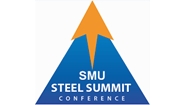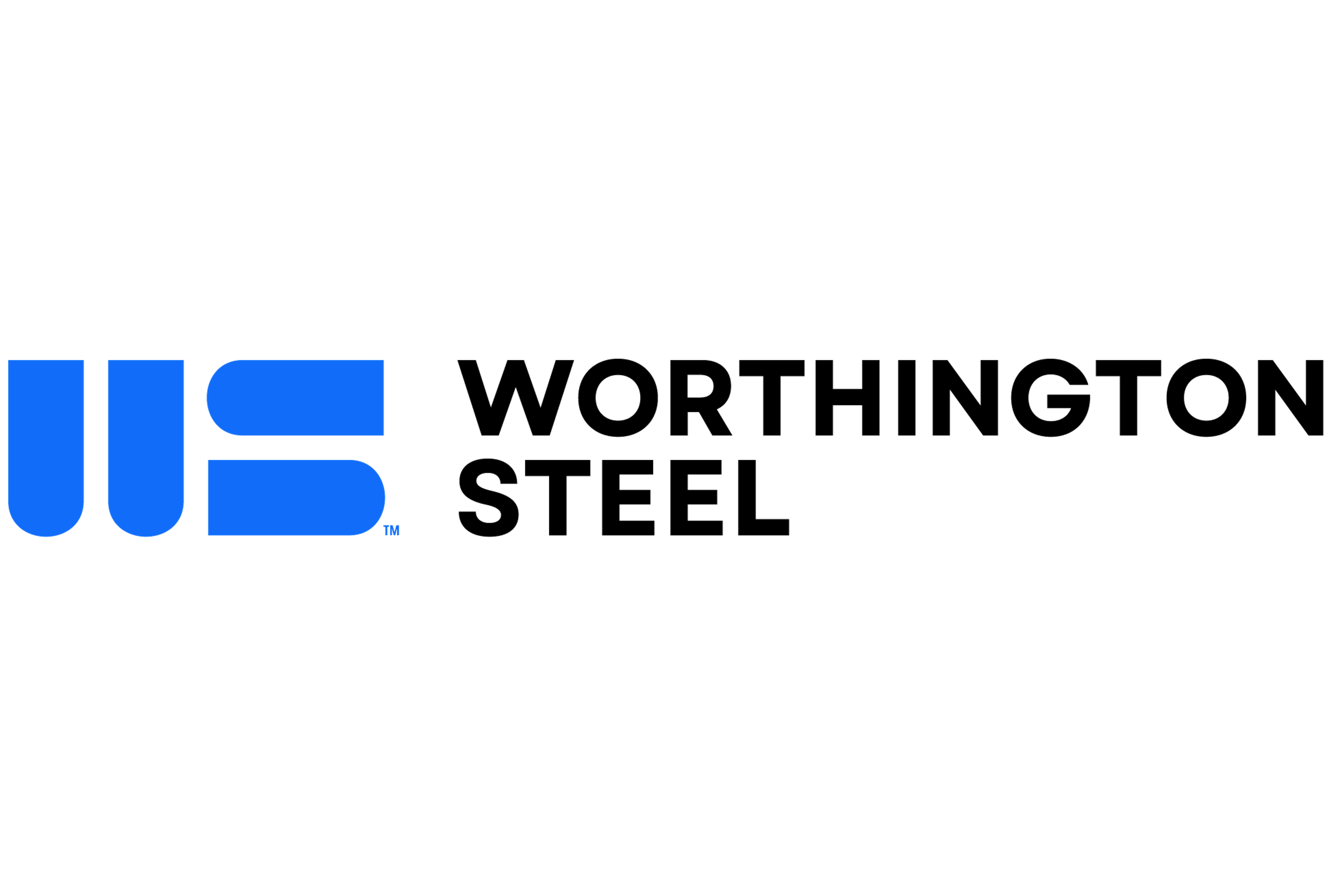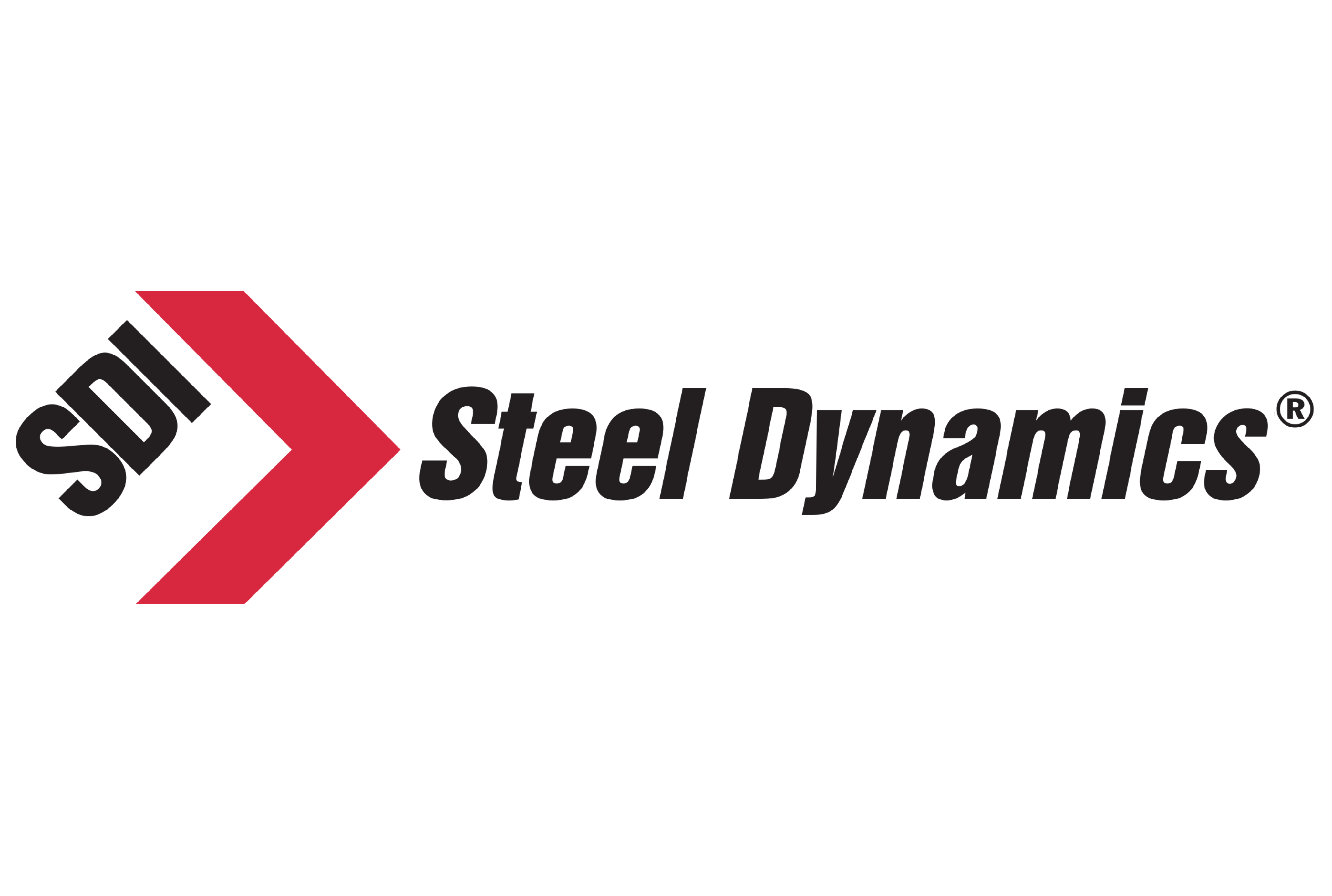Product

July 21, 2019
Chatting with CRU’s Josh Spoores Ahead of the 2019 SMU Steel Summit
Written by Tim Triplett
By Fouad Egbaria, MetalMiner
Editor’s note: The following article, Chatting with CRU’s Josh Spoores Ahead of the 2019 SMU Steel Summit, originally appeared in MetalMiner’s July 18 edition.
Those in the steel sector will have a chance to learn about all of the trends impacting the steel industry during the upcoming SMU Steel Summit, scheduled for Aug. 26-28 at the Georgia International Convention Center in Atlanta. The 2018 iteration of the summit attracted 912 attendees from 410 companies, 95 percent of whom were “actively associated with the flat rolled steel industry in North America and around the world,” according to the event’s website. In addition to analysis of steel prices trends, the summit also offers attendees the opportunity to network and gain insights into trends in other sectors, including banking, international trade and regulation, and the automotive, construction and energy markets (among other subjects).
Ahead of the event, we chatted with CRU’s principal analyst for steel, Josh Spoores, who is one of 28 scheduled speakers during the multiday summit.
Of course, one of the biggest developments in steel over the last year or so has been the U.S. Section 232 tariff on imported steel, which went into effect March 23, 2018.
Canada, Mexico and the E.U. initially won temporary exemptions from the tariffs, but those eventually were allowed to expire June 1, 2018. Recently, however, the U.S. rescinded the tariff with respect to Canada and Mexico amid ongoing attempts to pass the United States-Mexico-Canada Agreement (USMCA), the free trade agreement meant as the successor to the North American Free Trade Agreement (NAFTA).
Spoores said the Section 232 tariffs have been successful at boosting U.S. steel production. (According to the American Iron and Steel Institute, the domestic steel sector operated at a capacity utilization rate of 81.1 percent for the year through July 13, compared with 77.0 percent for the same period in 2018.)
But are the tariffs here to stay?
“It’s a hard thing to forecast how these come out,” Spoores said. “Our best reference to these is the Section 201 tariff in 2002, and those lasted nearly two years. Our expectation is that the 232 is not a permanent fix. It’s going to weaken at some point, but there’s a very good possibility that remnants of it could last for a very long time.”
U.S. steel prices have been trending downward since last summer; in that time, the sector has also seen a decline in lead times (as noted in MetalMiner’s most recent Monthly Metal Buying Outlook).
“They’ve gotten low,” Spoores said. “Some producers expanded. I think volatility is going to remain here — I think we’re looking at some mini cycles in terms of steel. We saw some of those mini cycles coming out of the global financial crisis.”
In terms of steel price cyclicality, he said the elements for a strong year were there even before the imposition of the Section 232 tariffs in March.
“We did see that 2018 was going to be a very strong year anyway before the tariffs,” Spoores said. “Tariffs came out and they really supercharged that. The end result was really a longer-term price cycle that moved up.
“We’ve seen the price cycle move down now for about a year. I think where we are right now is maybe back toward that mini cycle where inventories haven’t fallen too far. Imports are down, U.S. prices are down — they’re lower than China right now, domestically.”
However, demand is not high enough to spur a new, longer-term cycle, Spoores added.
“Without new demand coming out and rising, I think we’re going to be stuck where lead times are in that mini cycle where they expand a little bit and then start to contract,” he said.
Looking ahead, slowing economic growth around the world and trade uncertainty are casting a shadow on commerce, generally. The same is certainly the case for steel markets, in both the U.S. and around the world.
“We’re seeing industrial growth in the U.S. fall dramatically,” Spoores said. “In North America it was 4 percent last year, and this year we’ve dropped our forecast down to just 0.8 percent. That growth is slowing quite a bit and we’re seeing a lot of that reflected in PMI data. We’re pretty much neutral on some key components right now in the U.S. Globally, the PMI data for Europe and Asia — it looks pretty bad. I think the biggest near-term view here is just slower economic activity than everybody really anticipated right now.”
For more information about the upcoming SMU Steel Summit, visit the event page. MetalMiner is a supporter of the 2019 summit (MetalMiner Executive Director Lisa Reisman will be in attendance).







